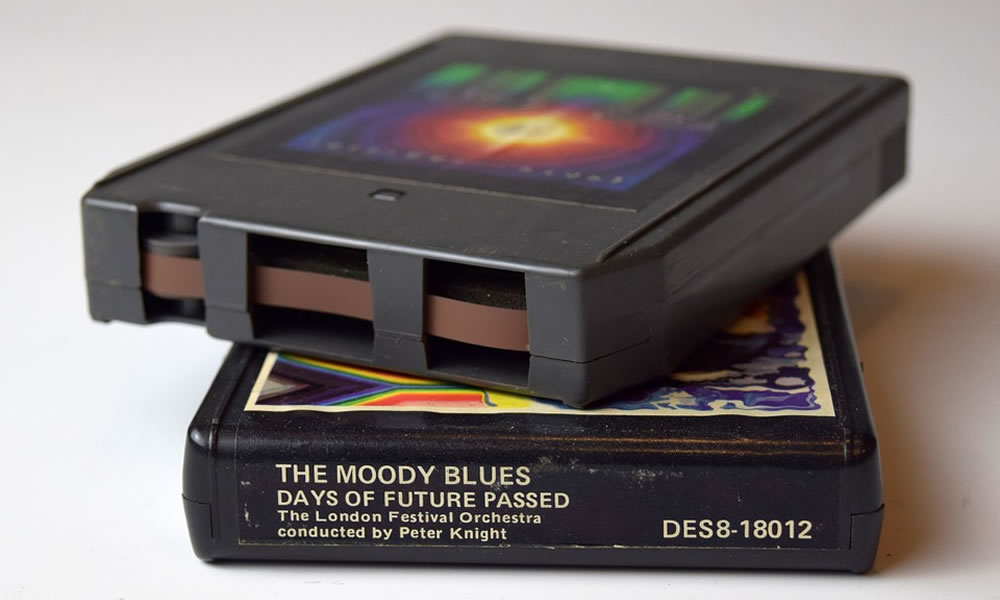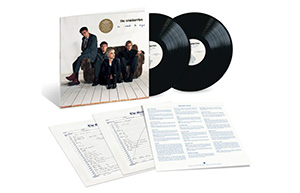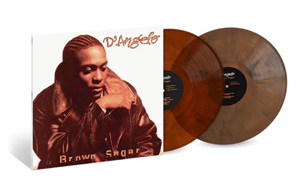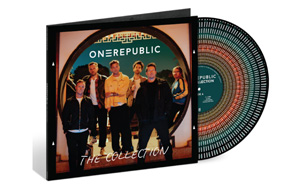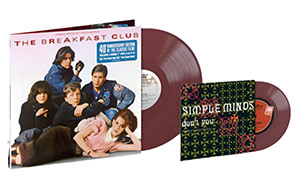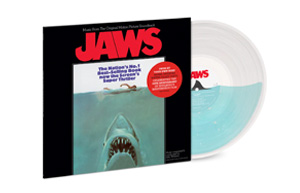Ramones – Ramones
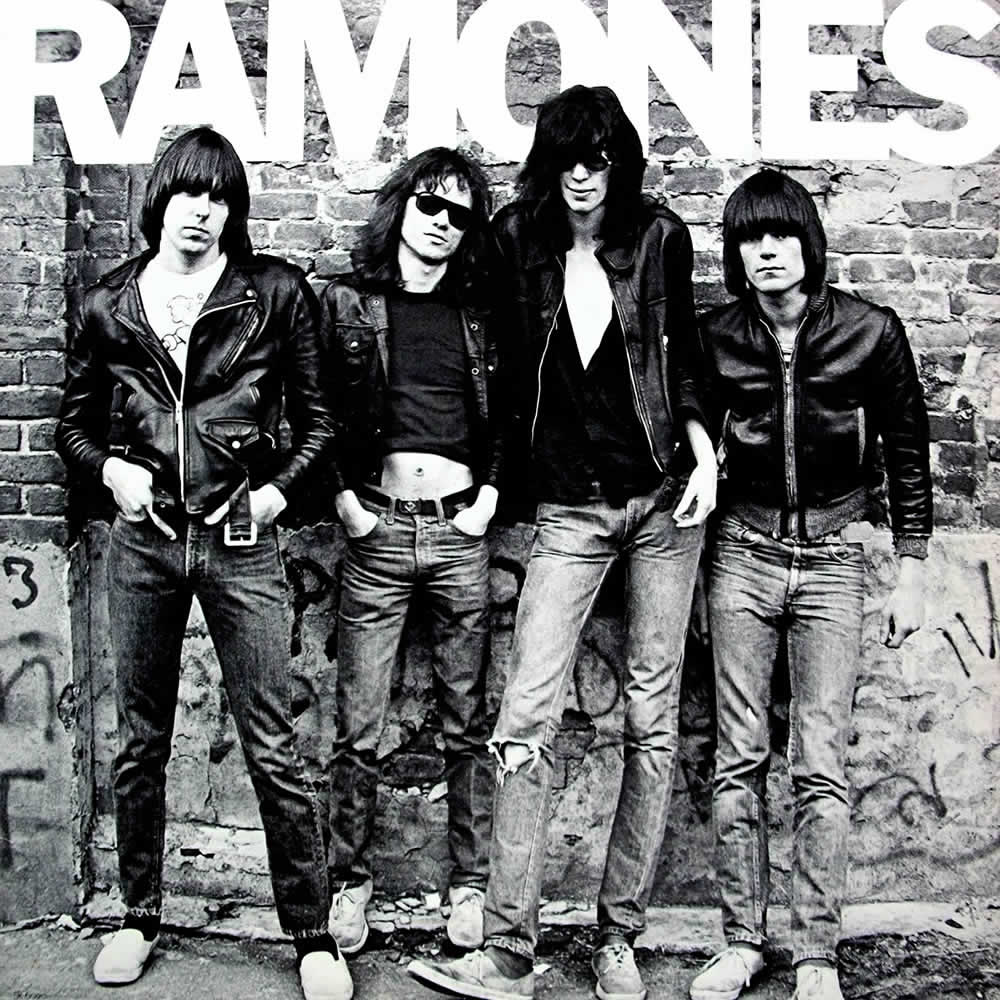

The three-chord guitar riff introduction, and ‘Hey! Ho! Let’s go!’ came the cry, a simple, catchy melody, and they were off. The Ramones created something that was rooted in the early 1960s, rock & roll/garage band rock but sounded revolutionary. And this is what made them the leaders of the emerging New York punk rock scene. Everything about the Ramones felt right. The look, the name, the sound, the attitude. You wanted the Ramones to be your best friends.
Based in the Forest Hills section of Queens, New York, John Cummings (Johnny Ramone), and Thomas Erdelyi (Tommy Ramone), had both been in a high-school garage band from 1966 to 1967 known as the Tangerine Puppets. They became friends with Douglas Colvin, (Dee Dee Ramone), who had recently moved to the area from Germany, and Jeffry Hyman, (Joey Ramone), who was the initial lead singer of the glam rock band Sniper.
Colvin was the first to adopt the name ‘Ramone’, calling himself Dee Dee Ramone, taking inspiration from Paul McCartney‘s use of the pseudonym Paul Ramon during his Silver Beatles days. (McCartney reverted to the name when he pseudonymously contributed to Steve Miller’s My Dark Hour recording). Dee Dee convinced the rest of the group to take on the name and came up with the idea of calling the band The Ramones. All four dressed in torn blue jeans and leather jackets, in homage to 1950s greaser rockers.
The Ramones played before an audience for the first time in March 1974. Playing fast and loud, most songs in the set clocked in at under two minutes, and a full live set would be under 20 minutes. Around this time, a new music scene was emerging in New York, centered around two clubs in downtown Manhattan: Max’s Kansas City and, more famously, CBGBs. The Ramones made their CBGB debut a few months later in August. Legs McNeil, who cofounded Punk magazine, later described the impact of that performance: ‘They were all wearing these black leather jackets. And they counted off this song…and it was just this wall of noise… They looked so striking. These guys were not hippies. This was something completely new.’
In late 1975, Linda Stein, the then-wife of Seymour Stein, owner of Sire Records, witnessed a gig at CBGBs and became their co-manager, resulting in The Ramones signing to Sire Records.
The Ramones recorded their debut album, Ramones, in February 1976, at a cost of $6,400, with sessions taking just seven days from start to finish. Clocking in at under 30 minutes, the longest song here is I Don’t Wanna Go Down To The Basement, (inspired by horror movies), at 2:35 and the shortest track, Judy Is A Punk, is just 1.32 seconds long.
The recording process was similar to the techniques used by The Beatles from the early 1960s: the guitars can be heard separately on the stereo channels – electric bass on the left, rhythm guitar on the right channel – while drums and vocals are mixed in the middle of the stereo mix.
The album features a number of themes, including Nazism, violence, male prostitution and drug use, as well as lighter fare such as horror movies and teenage romance. The opener, Blitzkrieg Bop, the first single lifted from the album, was released in July 1976, originally just on seven inch vinyl. The pace of the album makes you short of breath, but it’s all over too quickly. Chain Saw opens with the sound of a running circular saw: influenced by the 1974 horror film The Texas Chainsaw Massacre, at nearly 180 beats per minute it is the fastest track on the album. Now I Want To Sniff Some Glue consists of four lines of minimalist lyrics which are about youthful boredom and inhaling the solvent vapors contained in glue. On the question of the authenticity of the text, Dee Dee said in an interview: ‘I hope no one thinks we really sniff glue. I stopped when I was eight years old.’
The Ramones originally wanted an album cover similar to the 1964 album by The Beatles’ US release, Meet The Beatles! A photo session was subsequently undertaken at a cost of $2,000, but Sire was dissatisfied with the results. The band later met up with Roberta Bayley, a photographer for Punk magazine, who noted that ‘getting the Ramones to pose was like pulling teeth’. Originally featured in an issue of Punk, Bayley’s black and white photograph on the front of the album cover was to be the defining inage of the band.
One of the first people to review the album was Robert Christgau, who, writing for Village Voice, said: ‘…my theory has always been that good rock and roll should damn well make you uneasy…just perfect, a minor classic’.
In the UK, BBC DJ John Peel made his weekly trip to the Virgin record store at Marble Arch in search of new releases. After the store manager, Tim Clark, handed him the Ramones LP, Peel threw out the running order for that evening’s show and played six tracks from the album. The inexorable rise of punk was now in place on both sides of the Atlantic.
The Ramones parted ways 20 years after the release of their debut album, and sadly, three Ramones are now gone. Joey passed away on April 15, 2001, at age 49, the victim of lymphoma. Little more than a year after Joey’s death, Dee Dee was found dead in his home in Los Angeles on June 5, 2002. Two years later, Johnny died on September 15, 2004, after a long battle with cancer. But, if nothing else, their legacy lives on as the bona fide fathers of British punk rock, and as authors of pithy slogans like ‘Gabba Gabba Hey!’ that galvanised a generation.








